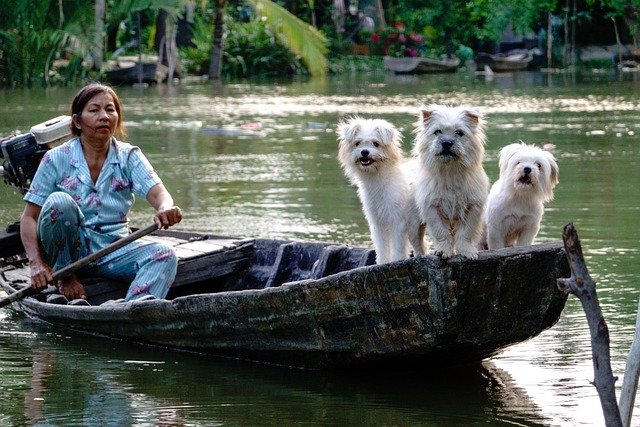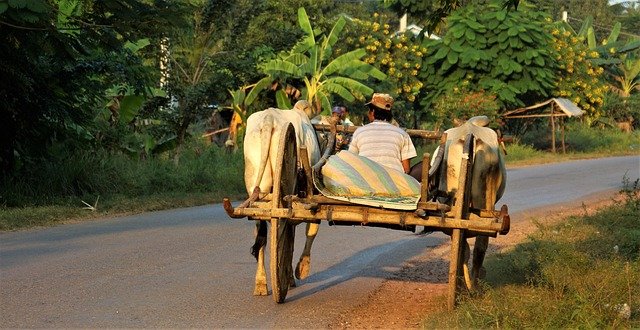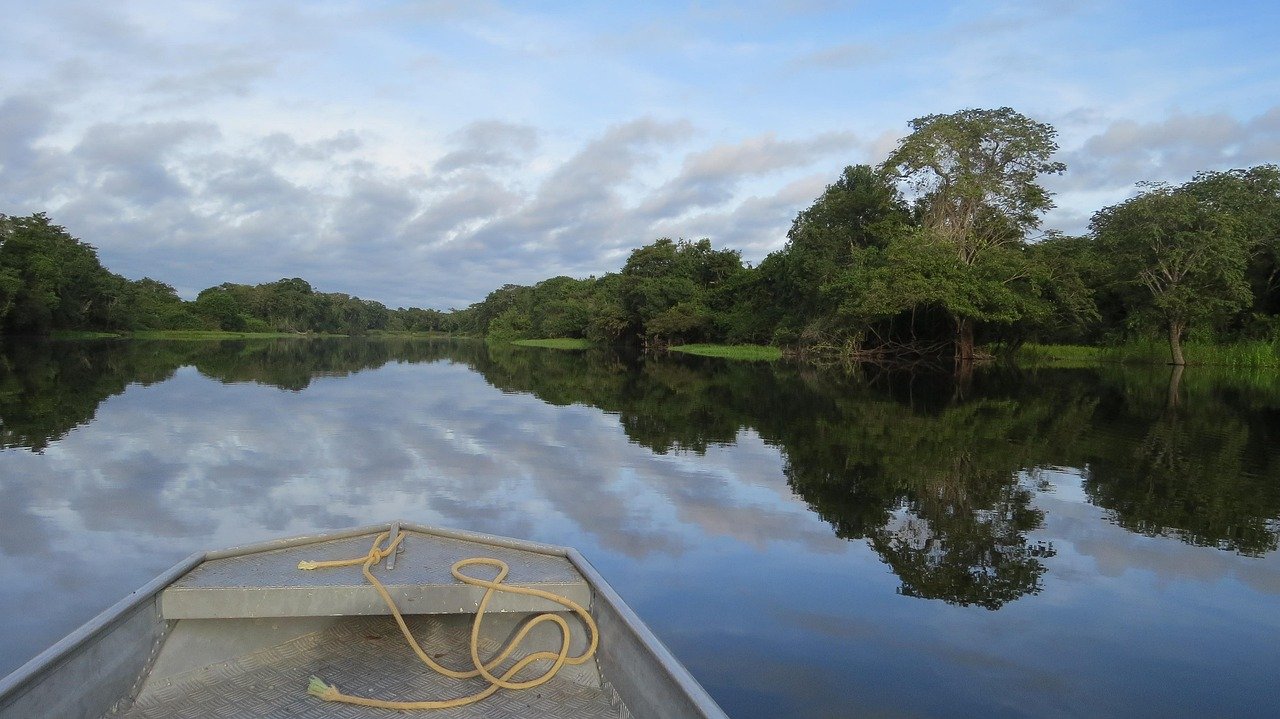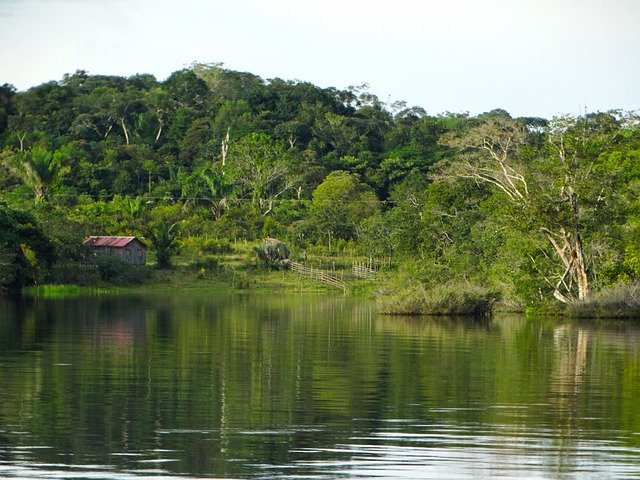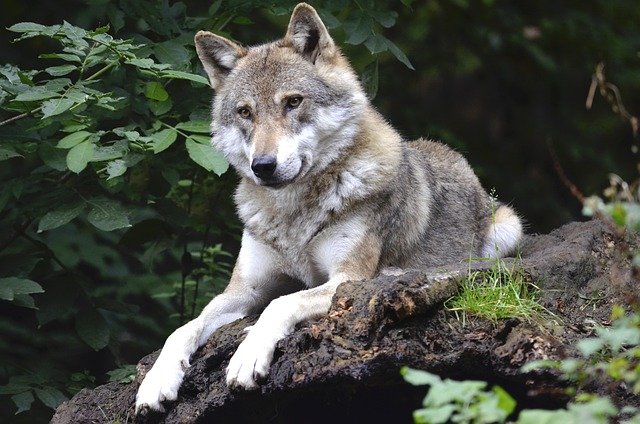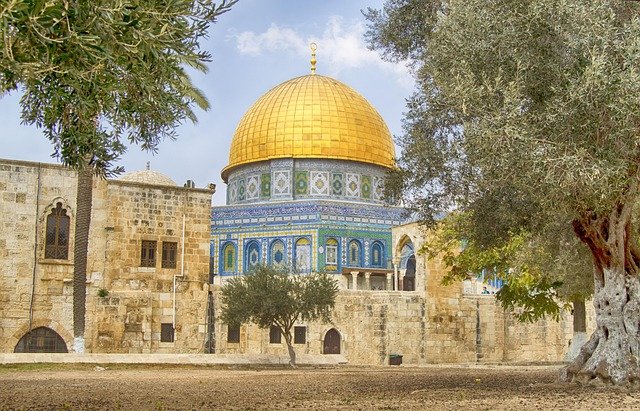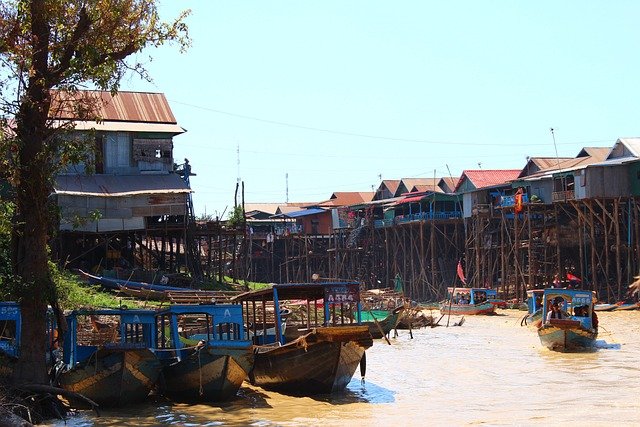
Siem Reap, famous worldwide as the gateway to the magnificent Angkor temples, is not just a tourist hotspot—it’s also a vibrant community where thousands of people live, work, and support their families every day. Behind the scenes of the bustling markets, tuk-tuks, and ancient ruins, lies the daily rhythm of life shaped by tradition, resilience, and adaptability.
In this post, we explore how the people of Siem Reap support their daily lives—through a mix of agriculture, tourism, crafts, small businesses, and community ties.
🌾 1. Agriculture and Farming: The Lifeblood of Many Families
Despite the city’s growing tourism industry, many locals still depend on farming and related activities:
- Rice cultivation remains the staple occupation for families living in villages around Siem Reap. The seasonal rice harvest dictates much of their year.
- Vegetable and fruit farming supports local markets, with crops like cucumbers, pumpkins, bananas, and mangoes.
- Many families keep chickens, ducks, and water buffalo, which provide food, income, and farming help.
Farming is hard work but remains deeply connected to Cambodia’s culture and sustains many rural households.
🛵 2. Tourism: The Main Economic Driver
Tourism has transformed Siem Reap over the last 20 years. For many, it offers the most direct path to daily income:
- Tuk-tuk drivers ferry tourists around temples and city hotspots.
- Guides and tour operators provide history lessons, temple explanations, and adventure tours.
- Hotel and guesthouse staff make up a large workforce—from cleaners to receptionists.
- Restaurants and street vendors sell food, drinks, and souvenirs.
- Many locals sell handicrafts, textiles, and jewelry at markets like Old Market or Night Market.
Tourism jobs are often seasonal and fluctuate with international travel trends, so many families combine this with other income sources.
🧵 3. Traditional Crafts and Artisanship
Siem Reap has a rich heritage of Khmer crafts, keeping centuries-old skills alive while supporting livelihoods:
- Weaving silk and cotton textiles
- Wood carving and stone sculpture, often inspired by Angkorian motifs
- Pottery and ceramics
- Production of silver jewelry and traditional musical instruments
Artisans often work in cooperatives or workshops, selling their products to tourists and export markets.
🏠 4. Small Businesses and Street Vendors
Entrepreneurship is a vital part of daily life in Siem Reap:
- Many run small shops selling groceries, household items, or clothing.
- Food stalls offering local dishes like noodle soup (nom banh chok), grilled meats, and fresh fruit attract locals and visitors alike.
- Motorbike repair shops, internet cafes, and tailoring services serve the community.
- These small businesses provide steady income and build neighborhood connections.
👪 5. Family and Community Support
Cambodian society is strongly family-oriented:
- Extended families often live close together or in the same household.
- Family members pool resources, share childcare, and care for elderly relatives.
- Festivals, religious ceremonies, and community events reinforce social bonds and provide emotional support.
Strong community ties help people cope with economic challenges and build resilience.
📚 6. Education and Emerging Opportunities
Access to education is improving, especially in Siem Reap city:
- Many families prioritize sending children to school despite financial challenges.
- NGOs and community organizations provide scholarships, vocational training, and literacy programs.
- Young people increasingly pursue careers in hospitality, IT, and business, broadening economic prospects.
Education is seen as a key to breaking the cycle of poverty.
🌏 7. Challenges and Hope
While tourism and development bring opportunities, many still face hardships:
- Seasonal employment leads to income instability.
- Rural farmers deal with unpredictable weather and market prices.
- Access to healthcare and social services remains limited in some areas.
However, the people of Siem Reap are known for their resilience, optimism, and hospitality—qualities that help them face challenges and build better futures.
🌟 Conclusion: Life in Siem Reap is a Blend of Tradition and Change
From paddies to markets, temples to tuk-tuks, the people of Siem Reap live their daily lives supported by a mix of traditional livelihoods and modern opportunities. Their community spirit, resourcefulness, and cultural pride sustain them as the city continues to evolve.
If you visit Siem Reap, take a moment to appreciate not just the ancient wonders but also the hardworking people who make the city vibrant every day.
